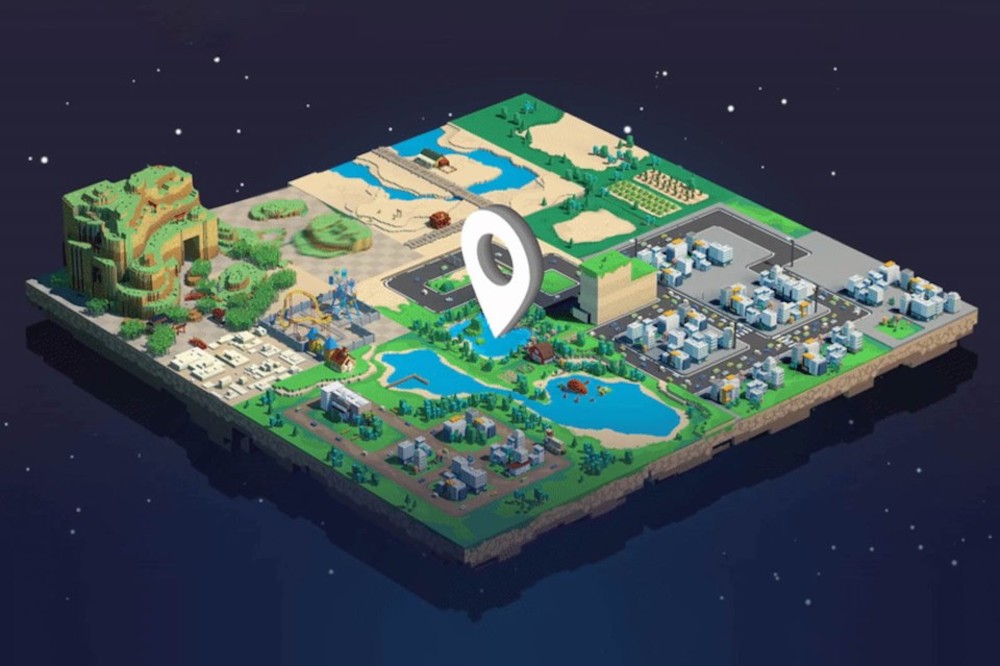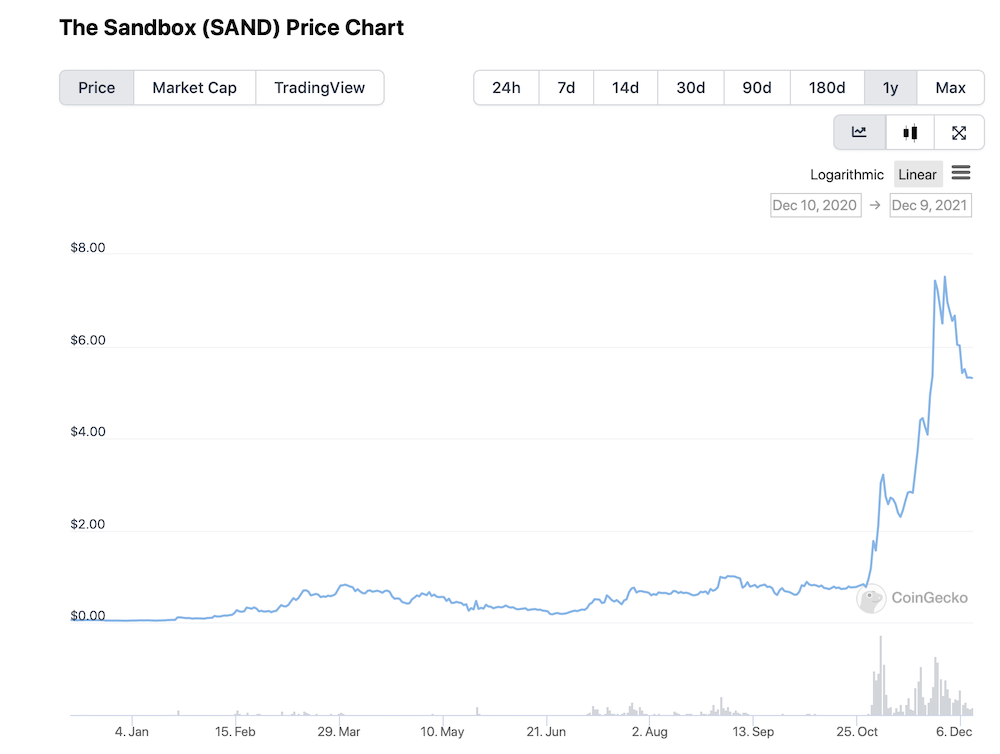The term “metaverse” was first coined by Neal Stephenson in his 1992 science fiction novel “Snow Crash”, in which he envisioned a dystopian world populated by lifelike avatars of people. In the novel, digital land with 3D buildings and environments were accessed using googles plugged into terminals.
29 years later in 2021, we are beginning to see parallels in our world today and Stephenson’s one. Augmented reality (AR) and virtual reality (VR) are now commonplace, and allow people to participate in virtual worlds.
The metaverse is perhaps one of the greatest buzzwords of 2021, especially since Facebook announced that it would change its name to Meta to reflect its “focus on bringing the metaverse to life”.
The metaverse will feel like a hybrid of today’s online social experiences, sometimes expanded into three dimensions or projected into the physical world. It will let you share immersive experiences with other people even when you can’t be together — and do things together you couldn’t do in the physical world.
Facebook CEO and founder Mark Zuckerberg via its News Room
However, while Meta has made the move to establish itself as one of the first movers in the metaverse space, the metaverse is not synonymous with Meta, and it is not a single product built by one company.
What exactly is the metaverse?

It’s a combination of multiple elements of technology, including AR, VR and video where users “live” within a digital universe.
In the long term, the metaverse is envisioned as a cohesive digital world where users work, play and stay connected with each other via digital concerts, conferences, and more.
Many believe that the metaverse is the next version of the Internet, and like the internet, it will be. composition of people, entities and buildings in a virtual world.
Where crypto fits into the metaverse
Inklings of the metaverse already exist in online game universes such as Fortnite, Minecraft and Roblox. The companies behind these games also have ambitions to be part of the evolution of the metaverse.
However, in many cases, the metaverse is also an online reality powered by decentralized finance (DeFi), where users exchange value and assets via cryptocurrencies and Non-Fungible Tokens (NFTs).
Though cryptocurrency isn’t synonymous with the metaverse, it is the logical solution for value exchange, as it can be easily spent to purchase in-world products and services, assets, and even rent.
There are also play-to-earn games like Axie Infinity that allow users to obtain more metaverse tokens and NFTs via reward systems.
For the uninitiated, metaverse tokens are a virtual currency used to make digital transactions within the metaverse. Holders of metaverse tokens can access services within the virtual space, and can also be exchanged for fiat currencies.
For example, $SAND is the native token the immensely popular Sandbox metaverse. The Sandbox is a metaverse project where players can build, create and own gaming experiences on the platform.
Also Read: A Look At The Sandbox: Is It The Next Big Metaverse Project?
Another example is $MANA, the native token of Decentraland, which is required to pay for in-world goods and services. $MANA is also the currency that is used to purchase land plots in the platform (known simply as LAND).
Also Read: Decentraland – A Look At The Metaverse Token With More Than 400% Price Growth In 4 Days

Why the metaverse matters
The metaverse is touted to become the go-to for entertainment, commerce, and even a place of work. It is not described as an extension of the Internet, but its successor.
Furthermore, it is being built on Web 3.0, another successor of the Internet as it is today.
According to venture capitalist Matthew Ball, the metaverse will become “the gateway to most digital experiences, a key component of all physical ones, and the next great labor platform.”
Those bullish about the metaverse would also be eager to point out that companies of all industries have also started entering the metaverse, signalling a push towards its success.
Tech giants like Google, Microsoft, Samsung and Sony have all joined Meta in the XR Association, a consortium of tech companies aiming to shape the future of “experiential reality”.
The same goes for the crypto space — The Sandbox counts Adidas and South China Morning Post as some of its partners, while Decentraland held the first ever metaverse concert, which featured big-name artists like Deadmau5 and Paris Hilton.
Is the metaverse the next big play in 2022?
In November, hype around the metaverse drove up the price of metaverse tokens, making it the best performing cryptocurrency sector.
Data from the Kraken Exchange saw prices of metaverse tokens rising 42% as interest in the metaverse surged, and $SAND shot up 330% in November.


From the two price charts of $SAND and $MANA above, it is evident that interest in the metaverse has soared within the past two months.
While prices in the cryptocurrency world are extremely volatile and subject to violent swings, there is a lot more potential in the metaverse space, and it seems like many companies are just starting out, and beginning to find their footing in the industry.
As the space continues to see developments each day, it is likely that the price of related Metaverse tokens will follow.
Though, on the flip side, this could also mean that metaverse tokens might be the first ones to witness a huge sell-off when the crypto market dips, as evident during the recent dip.
Since there is little adoption of the metaverse at present, its t tokens make for very speculative assets, which could lead to its investors suffering deep losses when
[Editor’s Note: This article does not represent financial advice. Please do your own research before investing.]
Featured Image Credit: Stealth Optical
Also Read: From The Sandbox To Decentraland, Here’s A Look At The Top 5 Crypto Metaverse Games



































